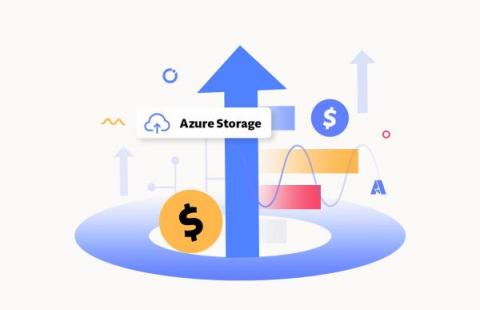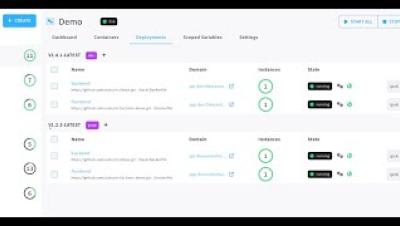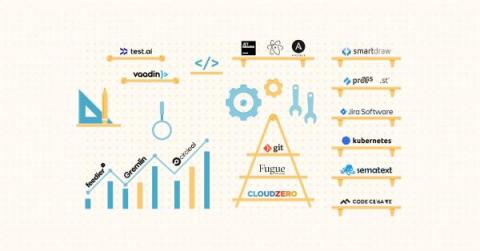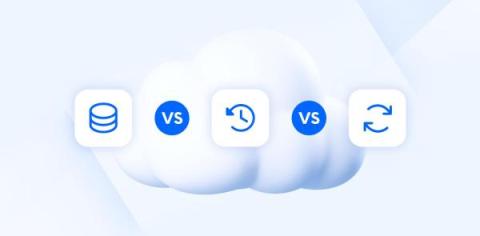Azure Storage cost optimization to achieve maximum cost savings
Azure Storage Cost Optimization is a crucial aspect for organizations looking to harness the power of Azure storage while keeping expenses in check. This involves implementing strategies to minimize expenses, optimize resource utilization, and select appropriate storage types. It encompasses understanding and leveraging various features to optimize resource utilization, choosing the right storage types, and implementing best practices.











